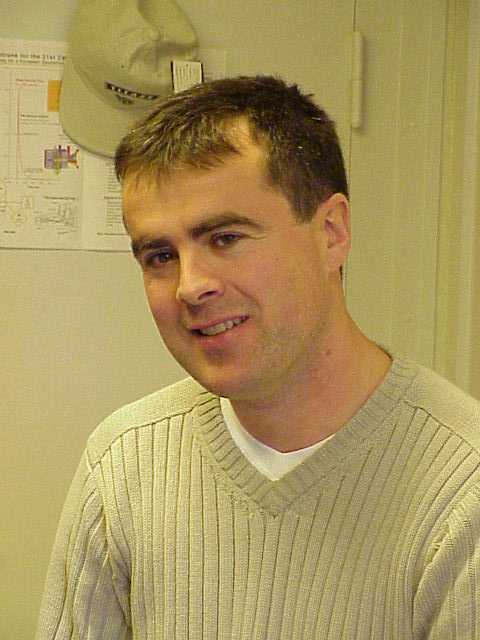Elements of Modern X-ray Physics
 |
 |
 |
Jens
Als-Nielsen
Ørsted Laboratory
Niels Bohr Institute
Copenhagen University
Denmark
als@fys.ku.dk |
© John Wiley & Sons, Ltd
(2001)
ISBN: 0 471 498572 (HB) 0 471 49858 0 (PB) |
Des McMorrow
Risø National Laboratory
DK-4000 Roskilde
Denmark
mcmorrow@risoe.dk |
Introduction
The construction of the first dedicated X-ray beamlines at synchrotron sources in the
late 1970's heralded the start of a new era in X-ray science. In the intervening years
tremendous progress has been made, both with respect to improvements to the sources, and
with our knowledge of how to exploit them. Today's third-generation sources deliver
extremely bright beams of radiation over the entire X-ray band (c. 1-500 keV), and with
properties such as polarization, energy resolution, etc., that can be tailored to meet
almost any requirement. These improvements have driven a surge of activity in X-ray
science, and phenomena over a diverse range of disciplines can now be studied with X-rays
that were undreamt of before the advent of synchrotron sources.
In light of these developments we believed that it was timely to produce a textbook at
an introductory level. Our intention is to offer a coherent overview, which covers the
basic physical principles underlying the production of X-rays, their interaction with
matter, and also to explain how these properties are used in a range of applications. The
main target audience for this book are final year undergraduates, and first year research
students. Although the book has been written from the perspective of two physicists, we
hope that it will be useful to the wider community of biologists, chemists, material
scientists, etc., who work at synchrotron radiation facilities around the world. The main
challenge in writing for a wider audience has been to convey the physical concepts without
obscuring them in too much mathematical rigour. Therefore, many of the more difficult
mathematical manipulations and theorems are explained in shaded boxes that may be studied
separately. In addition appendices covering some of the required introductor physics
have been included.
It is also our hope that this book will have appeal to more experienced research
workers. Synchrotron radiation facilities are large laboratories where many different
groups work on disparate areas of science. Cross fertilization of ideas is often the
driving force of scientific progress. In order that these different groups, often working
on neighbouring beamlines, can communicate their ideas a common background is required. It
is our intention that this book should provide at least some of this background knowledge.
In addition, many X-ray techniques are becoming viewed as standard analytical tools, and
it is no longer necessary to understand every aspect of the design of an instrument in
order to be able to perform experiments. While this is undoubtedly a positive development,
it can also be argued that a greater knowledge of the underlying principles not only adds
to the overall feeling of satisfaction, but also allows better experiments to be designed.
This book has emerged from a lecture course that has been running for several years at
the University of Copenhagen. The material covered in this book is taught in one semester,
and is augmented by practical lessons both in an X-ray laboratory at the university, and
also during a week long trip to the HASYLAB synchrotron facility. The list of subjects
covered in this book inevitably reflects to some degree our own areas of specialization.
There is, for example, very little on the vast and important subject of imaging. It was
also decided at an early stage not to focus on subjects, such as classical
crystallography, that we felt were well described in other texts. In spite of these
shortcomings we hope that the reader, whatever his or her background, will learn something
by studying this book, and be inspired to think of new ways to exploit the great
opportunities that the development of synchrotron radiation offers.
View Table of Contents
Ordering the book
The book can be ordered directly from the following sites:
Download figures from the book (pdf format)
You are welcome to download the figures for use in teaching material.
They are, however, covered by copyright and explicit permission should be sought if they
are to be used in publications.
Download MATLAB files
Listings of some of the MATLAB files used to generate the figures, and other useful
files.
Links
Email us your comments and corrections


